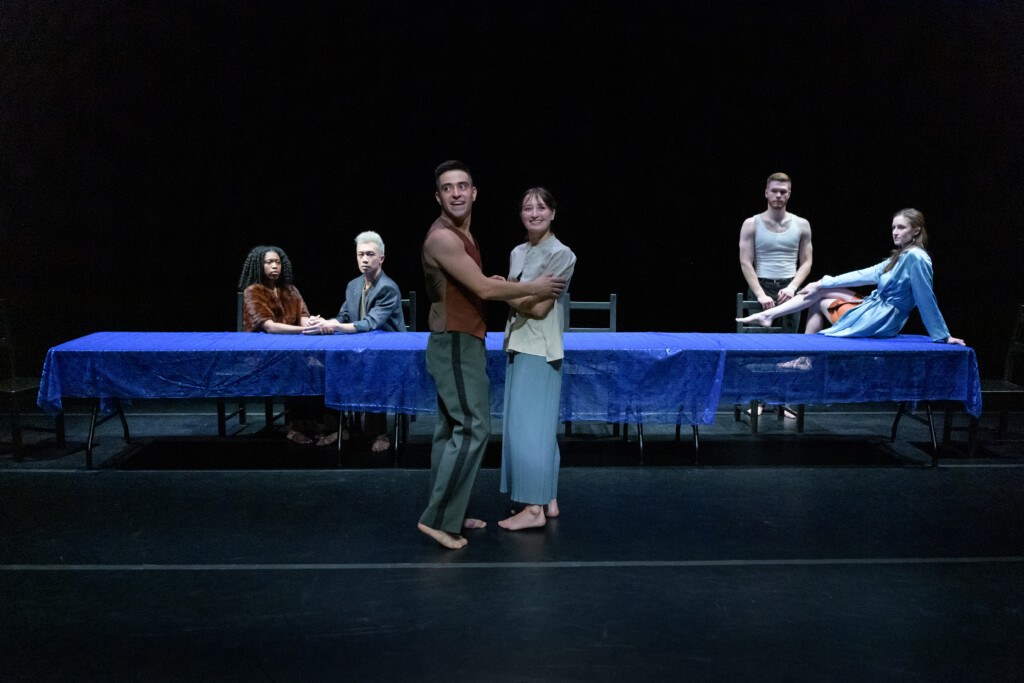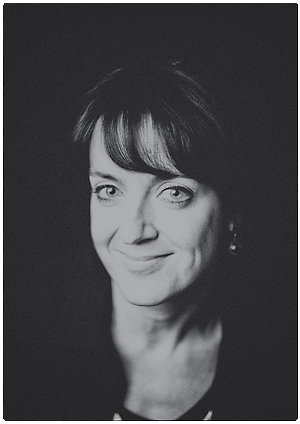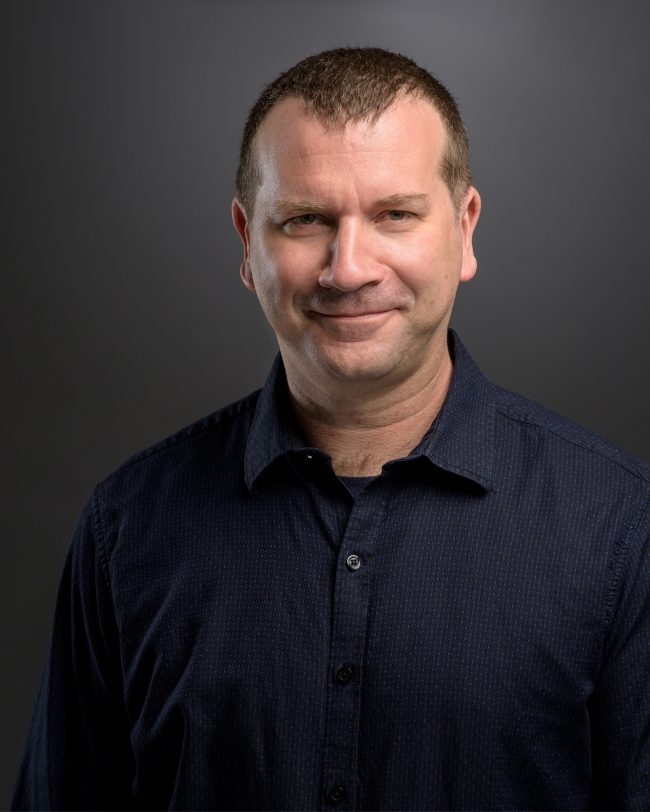Set to close out a superb 60th anniversary season, Ririe-Woodbury Dance Company’s Ascent show is pulling out all the stops for a thriller. There are two world premieres: Chapters of Being by Charlotte Boye-Christensen, who served as the company’s artistic director for 11 years, beginning in 2002, and Storyograph by current artistic director Daniel Charon. Storyograph will feature live original music by the Salt Lake Electric Ensemble (SLEE) third work that Charon has collaborated with the internationally respected group in providing a choreographic score. Rounding out the show will be the revival of Stefanie Batten Bland’s 2019 masterpiece of dance theater Look Who’s Coming to Dinner.
Ascent also will mark the final performances with the company for Alexander Pham and Peter Farrow. Performances will take place daily at 7:30 p.m., April 18-20, in the Leona Wagner Black Box Theatre of the Rose Wagner Center for Performing Arts. There also will be an hourlong performance on April 20, as part of the company’s Moving Parts Family and Sensory Friendly Performances Series.
Charlotte Boye-Christensen’s Chapters of Being is a nostalgic testament to a company which has celebrated its 60th anniversary season as well as continues to mourn the loss of one of its two founders, Joan Woodbury, who died last fall.
Boye-Christensen’s first connection to Ririe-Woodbury came in 1999, when she was commissioned to stage a new work for the company. “I stayed in touch with both Shirley [Ririe] and Joan [Woodbury] and I totally adored them,” she said, in an interview with The Utah Review. “In our discussions, I clearly saw the constant kind of commitment and passion they had to furthering contemporary dance. The fact they are among the oldest contemporary dance companies in the world speaks to the immense support it received. And, one could never underestimate the groundbreaking work they achieved in creating an arts organization run by females, in Utah of all places.”
In 2002, Boye-Christensen was appointed artistic director and served for 11 years. A Danish native who was trained in Copenhagen, London and New York City, she was energized by the prospects to welcome internationally known choreographers to set work on a local company. During her tenure she commissioned the work of internationally renowned choreographers: Wayne McGregor, John Jasperse, Alicia Sanchez, Bill T. Jones, Susan Marshall, Karole Armitage and more. She also created 22 works on the company, co-developed a new educational program titled “The Place” project and toured with the company to 33 cities across the U.S. She is currently head of the dance department at Cornish College of the Arts in Seattle.
Boye-Christensen’s creative sensibilities were perfectly synced to the artistic culture that the two founders had cultivated. With role models including the likes of Pina Bausch, William Forsythe, Crystal Pite and Alexander Ekman, she threw open the cross-disciplinary gates for collaborations that expanded the vista of dance theater. Perhaps the best explanation about Boye-Christensen’s approach for cross-fertilization in creative expression came from David Kranes, writer, collaborator and founding artistic director of the Playwrights’ Lab at the Sundance Institute.
In 2010, she set Touching Fire for Ririe-Woodbury, a series of dance vignettes accompanied by stories by Kranes which explore the fine lines between creativity and madness. On her website, Kranes offers his testimonial: “Hungering Spirit of Invention and Collaboration: Charlotte does not reject tradition. I believe she feels grounded in it and that grounding gives her great comfort. But that grounding-comfort also provides a platform from which to launch new and adventurous works. It provides a platform from which invent. It creates an eagerness to collaborate—with writers like myself, with stand-up comics, with jazz musicians, with non-dancers. The list goes on. Charlotte is an artist who, because of these strengths, will find new forms.” Another notable collaborator is Nathan Webster, an architect with whom she established NOW-ID, a site-specific, interdisciplinary workshop and process titled Space as Collaborator to students and professionals in dance and other creative fields.
As for Chapters of Being, Boye-Christensen said she initially thought about the memories she had of the company and its artistic residence at the Rose Wagner Center for Performing Arts and now returning after 11 years, a fresh encounter opens the opportunity to forge a different perspective. “I rarely prepare a lot in terms of movement ahead of time because I want to shape the physical work through a dialogue with the dancers,” she said.
“It is a weirdly familiar time in my life to come back and walk through the spaces at The Rose but also having moved on and returning to see where the company is now,” she explained, adding that reacquainting herself with the space inspired her selections for music. The soundscape for the work combines new and older familiar songs (for example, nostalgic bits from Blondie and Bronski Beat). The score includes music by contemporary composers and even a bit of opera (from Verdi’s Rigoletto). Boye-Christensen stitched together a musical collage to mark the transitions through clear and simple emotional and theatrical moments, including a section that resembles a fashion show in the haute couture vein.
As for working with the 2024 cast of Ririe-Woodbury dancers, Boye-Christensen said it reminded her of the artists she worked with when she was artistic director. “They are very fearless, willing to dig deep, physically and emotionally,” she said. “I have always been attracted to a dancer’s level of fearlessness.” About the six dancers, she added, “they have a lovely synergy and sense of community but each also has a distinct and interesting personality.” Dance is about finding solutions to problems, in movement language and vocabulary and she was pleased to see that there were instances where each dancer had a different solution to a movement problem. Plainly, achieving ensemble chemistry cannot sacrifice individuality if the dancers can thrive. Indeed, the last two seasons have been filled with magnificently heartfelt and soulful performances by these dancers.
Two years ago, Charon and SLEE’s Matt Starling began exploring how their third collaboration for the Ririe-Woodbury stage. In an interview with The Utah Review, Starling said that the musicians were excited, considering how their previous two experiences were such positive “eye-opening experiences.” In 2015, Ririe-Woodbury premiered Charon’s 53 Rooms, which incorporated 20 dancers on stage and SLEE’s live performance of Terry Riley’s In C, a pioneering work of the minimalist music period. Critics had praised SLEE’s recording of the work. Three years later, Charon’s Return featured a recorded original soundtrack by SLEE (which later was released as an album). Return was a new realm of dance theater that imagined the six dancers aboard a starship on a galactic journey, one of the most conventional elements of science fiction literature, and with the music, it was stunning in how it verified mathematically and convincing the technological elements of the invisible but ubiquitous interlocutor of artificial intelligence.
SLEE has not performed in public since the pandemic but its members nevertheless have stayed busy on the musical front. In fact, Storyograph’s premiere is one of SLEE’s first major public performances in four years (save for a concert last month at Salt Lake Community College’s south city campus). When Charon and Starling reconnected, there already were foundations for a new score and Charon said that what he heard was “awesome,” already suggesting a vision for the backdrops he would use to set Storyograph. Scott Wasilewski, who among other duties plays electric cello in SLEE, explained that stomping, sliding, clapping and tapping in dance make for perfect aleatoric elements in the music. In addition to Starking and Wasilewski, SLEE includes Daniel Clifton, Ryan Fedor, Nick Foster and Greg Midgley. The group plans to release a recording of the soundtrack for Storyograph in the near future.
Charon is a huge fan of science fiction and for his latest work, he was inspired in part by the stories of the late Octavia Butler. Literary critics have praised her visionary fiction as guiding human beings to resist the inevitability of dystopia and instead to transcend crises by doing extraordinary things, Thus, Storyograph builds upon dance’s expressive capacity to portray the resilience of partnerships and relationships to endure from one generation to another, particularly when the ideal of family is no longer viewed as determined purely by biological or legal relationships. As Butler’s stories have portrayed, an assembled family of characters has the chance to solve serious problems together to find the moment when they can say, “yes, this is the solution.” As in previous works he has choreographed, Charon recruited former company dancer Melissa Younker to design costumes for Storyograph. And, Younker, always ingenious in her resourcefulness, is upcycling fabrics, textiles and other items to create the costumes for the dancers.
The theatrical impact pops in Look Who’s Coming to Dinner, a 2019 work by Stefanie Batten Bland and reconstructed by Latra Wilson, along with an original score by Paul Damian Hogan. The company gave the 2019 work its Utah premiere in 2022. Set around a dinner setting, the work is inspired by Guess Who’s Coming to Dinner?, the 1967 film directed by Stanley Kramer which revolved around an interracial relationship. The film was released in the same year that the U.S. Supreme Court ruled in Loving v. Virginia that laws banning interracial relationships violated the 14th Amendment to the U.S. Constitution.

Photo Credit: Stuart Ruckman.
Bland’s work begins with the dancers acting nervously and uncomfortably, once they remove their masks. Dinners, especially in a setting similar to the premise of the film, can unfold like tentative choreography, with each participant excruciatingly conscious of every gesture, word, or interaction involved in this social dance. Once the tables are flipped on their side to become doors, the work’s rhythm and momentum slow to a churning point of tension, not unlike the narrative arc in the film. Bland’s work also magnifies a theme that often has not been discussed about the 1967 film and that points to gender inequality, which became just as apparent in the narrative when the father, realizing that he never again will be able to tell his daughter what to do, tells her to shut up during the dialogue when he finally gives his blessing to the marriage.
For tickets and more information, see the Ririe-Woodbury Dance Company website,





